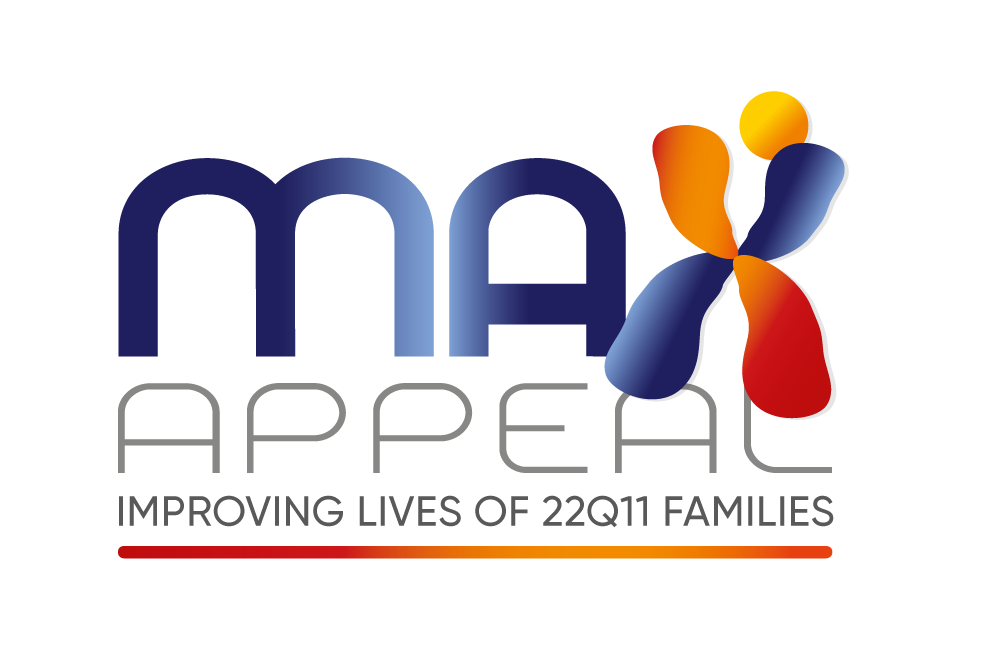Facial Characteristics
Facial Characteristics
The facial characteristics noted are often very subtle and sometimes only apparent when a group of children are together. For example, small low set ears are noted but if your family has large ears then they may just be small for your family. It is also possible that your child may have many of the features, just a few or none at all.
Many of these features are not 'abnormal', they are seen in people who do not have the 22q11.2 deletion, it is just that they are seen more frequently and together in people who have the deletion.
The features include:
Facial asymmetry
It is sometimes noted, particularly when crying or laughing, that one side of the face moves differently to the other.
Hypotonic faces
Along with the rest of the muscles in the body the muscles in the face can also be slightly weaker which sometimes means that the children may lack a puzzled expression or generally not be very expressive at all.
Noses
They may have a prominent bridge/root, a bulbous or dimpled/creased tip and the nostrils are narrow and it looks as though the part just below where glasses would sit bulges out slightly.
Eyes
They can be small, almond shaped and either upward or downward sloping with hooded upper and lower eyelids. They can also be wide set.
Ears
They can be small, slightly low set and tilted backwards, or cup shaped and protuberant. They may also have over-folded, crumpled, thick or squared off helices (the curved part at the top of the ear). The canals are also often small and irregularly formed.
Mouth
This is generally noted as being small, sometimes with a thin upper lip and long featureless philtrum (the channel that runs between the nose and the mouth) so that sometimes the top lip is straight i.e. it doesn't have a 'bow shape'.
Chin
This is generally small and sometimes retruded.
Face
The cheekbones may be flat, this is called malar flatness. As the children get older it is sometimes the case that their faces become longer and the flatness then becomes more apparent. The forehead can also seem broad and flat.
Other Features:
Hands are noted as being fine with long tapering fingers (like a pianist!) and sometimes a short end joint with small fingernails. Sometimes the upper arm can be short, and generally the children tend to have a short and fine stature, with around 50% being below the 10th centile line on the growth charts(a few require growth hormone treatment). A posture type is noted where it appears that the child has their shoulders hunched up, and have a slight 'flip-flap' walk. Abundant scalp hair at birth is also noted as are small genitals.
Babies are frequently noted as being 'pretty' because of their small, fine features and they also often have a quiet, gentle cry.
